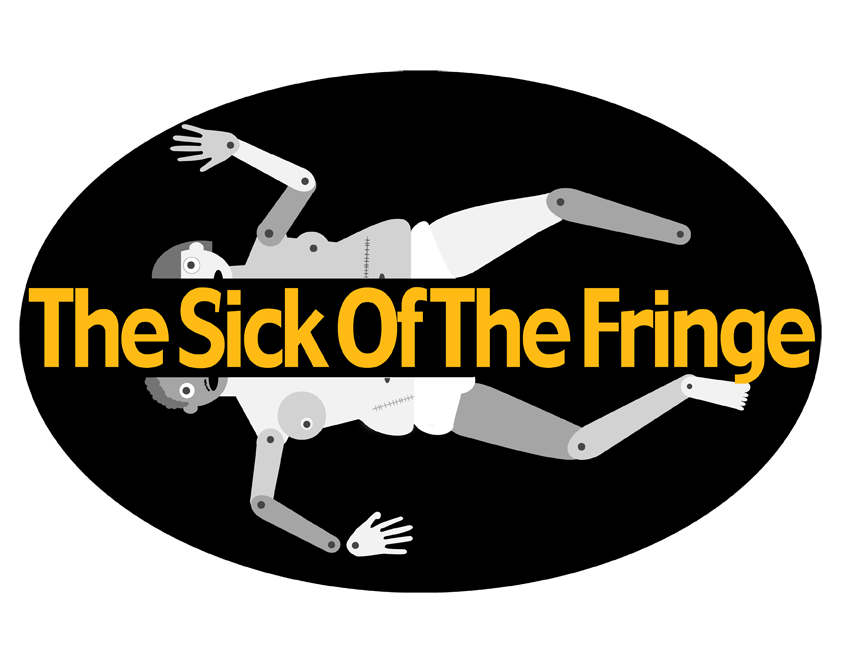Mobile marks the second installment of Paper Birds Theatre Company’s trilogy on social identity. Performed in a disused caravan before an audience of nine, the play aims to explore the emotional ambivalence caused by social mobility. After a brief, somewhat awkward ‘name game’ on deck chairs outside, the guests are invited in, offered biscuits and other hospitalities while our host gives us an overview of her situation. Her story is a familiar one: after the abrupt termination of a long term relationship, she finds herself without a flat to live in or a safety net to catch her. She is forced to return home. Perhaps in attempt to salvage some sense of progress, she shuns her mother’s actual home in preference for the caravan instead.
As Cindy tells her story her tone is apologetic and polite; she avoids dwelling on the disappointments of the previous years, avoids judging her absent mother, avoids making any real value judgements at all. Yet the caravan itself seems a working class symbol that she is silently wrestling against (physically misplacing items, shifting clutter, moving seats). Having spent her twenties affluent and in love, you can sense that she perceives her surroundings differently now; senses a tackiness to it and is simultaneously burdened by the guilt of this knowledge. Here, the immersive format works well; as we politely engage with our host, there's a vague, unspoken discomfort; the cramped seating arrangement bringing home her sense of constriction.
Cindy’s tale is augmented with verbatim recordings of those who’ve ‘made it’, other working class heroes who found riches or prestige later in life. Yet, similar to our host, their stories progress falteringly; they stammer or equivocate as they describe their past, they alight from ideas as soon as they land upon them. It’s as if the subjects are caught between two grammars; the rules of one silently militating against the other.
Indeed, this is one of the most intriguing aspects of the play, discussions of class leaves the subjects tongue tied and awkward. It seems there isn’t a shared language or set of values by which to explore the idea of the working class. The speakers are forced to perceive themselves from a myriad of perspectives, from within and without. At times, they see social hardship as part of their personal narrative, an origin story by which they define themselves; at other moments they perceive it as a past that they have overcome, something to be defined against.
We see these sort of mixed messages echoed on a larger scale by society and within the media. The very existence of a working class in the UK is apparently subject for debate, with politicians proudly declaring its extinction even while growing numbers of the population identify with the status. On a more qualitative level, perceptions of the working class seem to vacillate wildly from objects of derision (as indicated the the slew of ‘poverty-porn’ programmes rolled out each season) to exotic beings that enamour (look no further than the surging popularity of grime music among the middle classes). These kind of mystifications seem increasingly dangerous, particularly in a society as polarised as ours. As the recent referendum illustrates, there appears to be a mutual bafflement across classes and across the country itself.
Mobile plainly conveys the dislocation and ambivalence that can accompany social advancement. Instigated by a social scientist and the product of many year’s research, the play maintains a broad focus; through a series of foggy, personal anecdotes, the show highlights the bewildering process of talking about and understanding class; a concept which is so emotionally loaded and conceptually slippery. Yet beyond the realm of the play, this conceptual ambiguity translates into real-world, physical consequences. For the first time in recent history, the ‘health gap’ between the rich and poor is widening and there now exists greater discrepancy than ever before (since the early 90’s, the gap has increased by 1.7 years). The explanation for this — that the poor are making ‘damaging lifestyle choices’ — remains deeply provisional. The very impulses driving these choices on a systemic level remain shrouded. Without a shared vocabulary, we arrive at an impasse. As conversations about class become increasingly elliptical, the links between class and physical health reify, transform into an inscrutable fact. If the experience of class becomes ineffable, health becomes a privilege, awarded to some, on a basis that is deemed either arbitrary or mysterious. (SG)
http://www.thepaperbirds.com/
http://www.independent.co.uk/voices/comment/labour-says-the-working-class-no-longer-exists-so-why-do-60-per-cent-of-us-claim-to-belong-to-it-8452739.html
http://www.consented.co.uk/read/life-on-the-dole-britains-obsession-with-poverty-porn/
http://www.economist.com/news/britain/21701257-results-paint-picture-angry-country-divided-class-age-and-region-country-divided
http://www.bbc.com/news/education-36170289
http://www.independent.co.uk/voices/comment/a-25-year-gap-between-the-life-expectancy-of-rich-and-poor-londoners-is-a-further-indictment-of-our-9061888.htm





